Kuroiler Chicken Breed information and management
Kuroiler chicken, a crossbreed created by Keggs farms in India in the early 1990s, is a dual purpose chicken breed. It is a cross of either White Leghorn roosters or colored broiler roosters with Rhode Island Red hens. It has gained popularity among chicken farmers in Kenya.
From India, it was exported to Uganda, when many small scale farmers took it up because of its fast maturity and higher egg production as compared to indigenous chicken. It was then exported to Kenya, where it has been placed under the improved kienyeji category (Improved Indigenous chicken category).
Kuroiler Chicken Background Information
Vinod Kapur of Kegg farms India is credited for the work on developing the Kuroiler breed. Kegg farms then set up a strategy where they had hatcheries, “mother units” all over India, instead of having a central hatchery. They then distributed the day old chicks up to the village level. The name came up as a combination of Kegg (K) and Broiler (roiler) to make the word Kroiler.
It is common in rural areas like Uttar Pradesh Jharkhand, Mizoram, Meghalaya, Chhattisgarh, Uttarakhand, and West Bengal.
Kenya imports its Kuroiler stock from Uganda, though there are growing efforts to import directly from India.
Kuroiler Chicken breed profile
The Kuroiler chicken is reared for both meat and eggs. It is a dual purpose breed. It is a hardy breed that can live on just eating agricultural and kitchen waste. Most indigenous chickens lay an average of 40 eggs per year, while Kuroiler lay about 150 eggs per year, while only feeding on agricultural and kitchen leftovers.
Kuroiler roosters will weigh an average of 3.5 kgs and Kuroiler hens will weight an average of 2.5 kgs.
Though you need to follow a Kuroiler chicken vaccination schedule, Kuroiler chicken are also resistant to poultry diseases, largely attributed to its genetic attributes.
Breed Profile: Kuroiler Chicken
Breed Name: Kuroiler.
Scientific Name: Gallus gallus domesticus.
Other Names: Kroiler, Croiler.
Temperament: Feeds continuously, Friendly and Forages well.
Purpose: Meat and Eggs.
Body Size: Large.
Broodiness: Poor.
Climate: Most Climates, can tolerate heat and cold.
Comb: Single.
Eggs Productivity: Medium.
Size of Eggs: Medium.
Colour of eggs: Brown.
Colour: Several colour varieties.
Advantages of Kuroiler Chicken
- Early Maturity – Kuroiler chickens start laying eggs at 5 months. At 4 months, they are ready to be sold as broilers.
- Higher production than their kienyeji counterparts. – When they start laying eggs at 5 months, Kuroiler chicken lay continuously for 2 years. One Kuroiler chicken averages about 150 eggs a year, compared to their indigenous counterparts that average 40 eggs per year. At 4 months, Kuroiler birds being raised for meat will weigh 3.5kgs for Kuroiler rooters and 2.5kgs for hens.
- Cheaper production costs. – Kuroiler chicken can be reared in free-range or semi free-range conditions of their indigenous counterparts. They can live entirely on kitchen remains agricultural waste and scavenging for worms and other insects. This means even poor farmers can manage to raise Kuroiler chicken without straining, hence improving their livelihoods.
- Hardy. – Kurouiler chicken can survive in harsh climates, whether cold or hot. This means poultry farmers in arid and semi-arid areas can keep Kuroiler chicken.
- High Hatchability. – Kuroiler eggs have a hatchability rate of 80%, meaning 8 in every 10 eggs will hatch
- Scavenge well and feed continuously. – Kuroiler chicken will look for food throughout the day. This means if good scavenging conditions exist, they will gain weight faster, produce more eggs at low or zero cost of chicken feeds.
Disadvantages of Kuroiler Chicken
- Hens do no sit on their eggs for hatching. – Kuroiler hens do not sit on their eggs so as to hatch them. This is one fact that Kuroiler farmers discover when it is too late. This means that the farmer will have to get an incubator or source for incubator services in order to hatch Kuroiler eggs.
Kuroiler Chicken farming Management
Planning and sourcing Kuroiler chicken.
It is imperative that you source your Kuroiler chicken from a reputable Kuroiler supplier. The reason for this is that you get either F1 or F2. Kuroiler F1 is the closest to the parent stock, while Kuroiler F2 is bred from the F1 stock. The closer to the parent stock, the better the genetics, hence higher productivity. You will not achieve good productivity with Kuroiler stock that has been bred severally.
The most reputable Kuroiler chicken supplier in Kenya is the National Animal Resource Centre in Entebbe, Uganda. They are the major supplier of Kuroiler F1 stock in Eastern Africa.
For monthly income is it advised that you have multiple batches of Kuroiler Chicken. Since Kuroiler chicken is ready for meat at 4 months, You can have 4 batches at any given time. This means you can sell a batch every month after the first 4 months. In this system, the different batches are housed in separate houses/coops with separate chicken runs where necessary.
Once you decide whether you are raising your birds as Kuroiler Layers or Kuroiler Broilers, You will be able to do a cash flow projection and decide on how many Kuroiler birds to keep. Kuroiler Chicken will give you between 150 eggs to 200 eggs per year. This means a minimum of 5 crates per year. With this in mind, you can do a projection in your Kuroiler chicken business plan on how many crates you have to produce in a year for your venture to be profitable.
Housing and Hygiene for Kuroiler chicken
Kuroiler housing should be big enough so that the birds have space and are safe. It should be well aerated. The recommended measurements for 1000 birds are 34ft by 60ft, 300 birds 16ft by 25ft, 100birds 10ft by 15ft. These are just for the chicken house. You should have a sizable chicken run for them to scavenge. Some chicken farmers have started adopting pasture paddocks, where the chicken runs are divided into sections.
If you are raising Kuroiler layers, include enough nests for laying, in the dark corner of the chicken house.
The house should have litter on the floor. You can use ash to disinfect the litter. Alternatively, you can use commercial disinfectants. Make sure you turn the litter frequently so as to it dries and does not cake.
Make sure you practice proper biosecurity measures so as to keep diseases at bay.
Kuroiler Vaccination and Deworming Schedule
Kuroiler chickens are vaccinated just like any other indigenous (Kienyeji) chicken species. You can download a Kuroiler chicken vaccination schedule pdf here
Kuroiler Chicken Feeding Program
Kuroiler chickens are able to scavenge for their own food and can feed on agricultural and kitchen waste. Some chicken farmers near hotels and schools collect kitchen waste to feed their Kuroiler chicken.
As a Kuroiler farmer, you will need to determine what nutrients your chickens are missing so that you can supplement them. Make sure clean water is always available. Avail grit in plenty as it helps the Kuroiler chicken in breaking down food. Make sure that you do not overfeed your Kuroiler chicken as this might decrease productivity. Do not debeak or cut claws for Kuroiler chicken that are left to scavenge for food as they use their claws and beaks to look for food.
We will be updating this article to include:-
- Kuroiler Business Plan
- How to identify kuroiler chicken

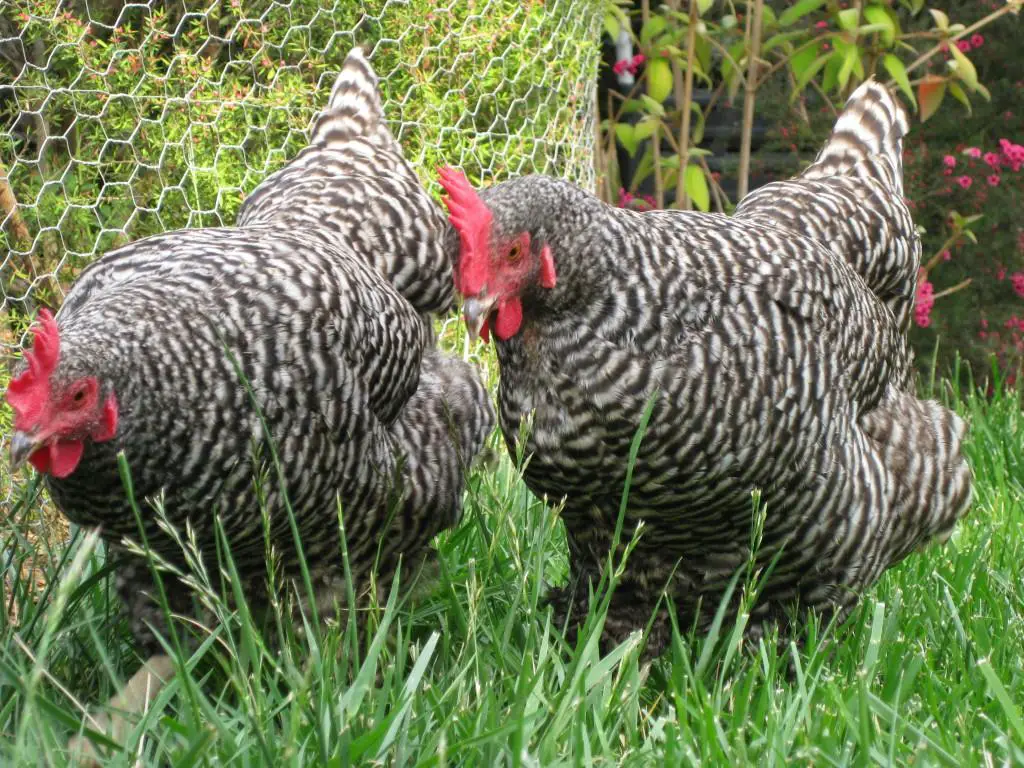
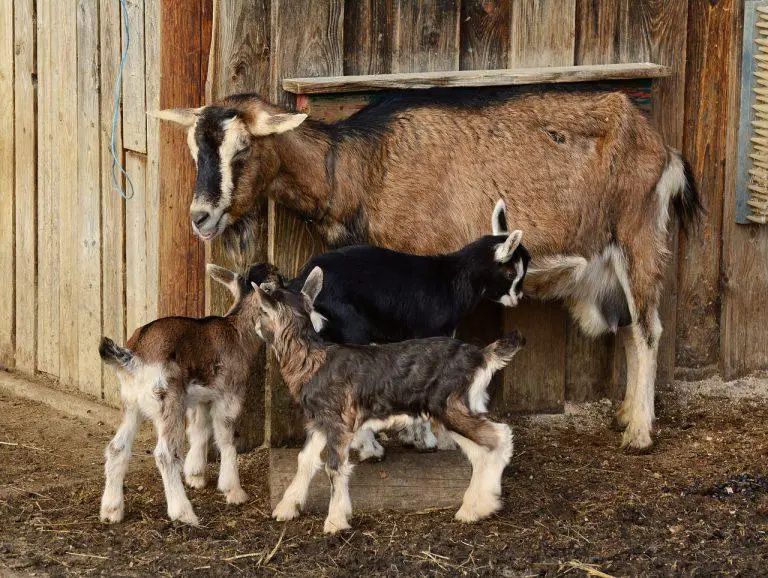
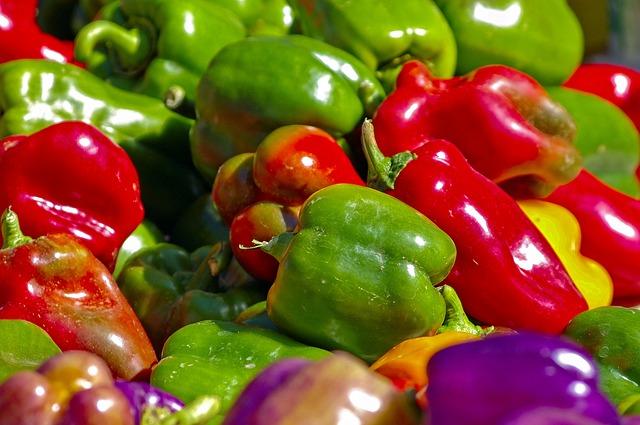
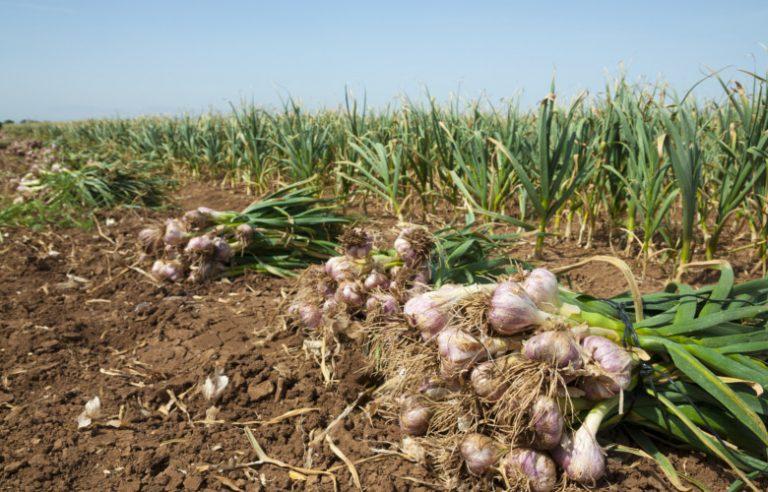
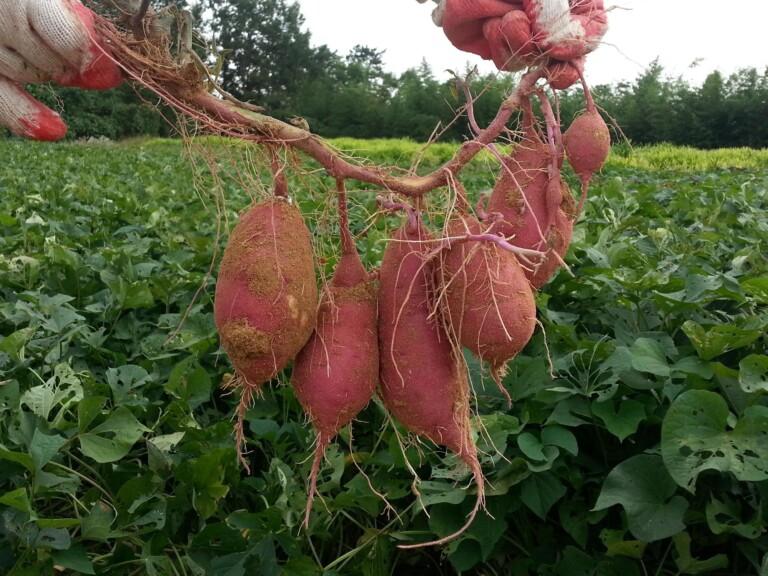
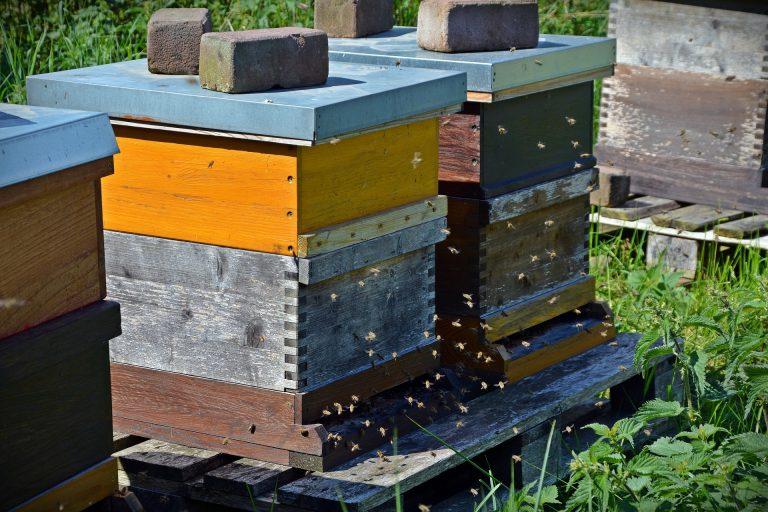
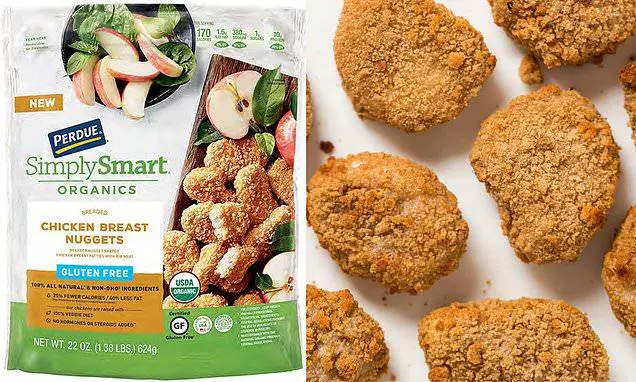
Good information indeed. Where is a dealer nearer to Eldoret? I would wish to work with soon.
My kuroilers are over 6…
My kuroilers are over 6 months but have not yet stated laying eggs,what could be the problem
Great information thanks
Great information thanks
Als need a pdf of kuroiler…
Als need a pdf of kuroiler rearing thanks
Als need a pdf of kuroiler…
Als need a pdf of kuroiler rearing thanks
I need a PDF for Kroiler…
I need a PDF for Kroiler poultry I’m a beginer
Want to purchase 500…
Want to purchase 500 kuroiler chicks from Uganda. Am a kenyan. How much per chick
I want to purchase kuroiler…
I want to purchase kuroiler Eggs from Uganda, I am Tanzanian,how can I get the contacts and price
Any one here who wants…
Any one here who wants kuroiler chicks in plenty can contact me on my watsap number +256783101248
I bought kuroiler chicks at…
I bought kuroiler chicks at 3 weeks from Kenya but have lost 30%.kindly advice.
Where do i get market for my…
Where do i get market for my mature kroilers?
Thanks for the good…
Thanks for the good knowledge its truly helpful.
Thank you for sharing this…
Thank you for sharing this important information.My kroiler chickens are 7 months old and are already Very fat and therefore not laying eggs.Kindly advise on what to do
Glad to learn something new…
Glad to learn something new about Kuroiler breed, am a young Kenyan who wants to invest in chicken farming. Thanks for the niece piece.
What is nutritional…
What is nutritional requirement of kuroiler birds (like other broiler birds)
To formulate own feed
Please check the complete…
Please check the complete chicken feed formulation guide here. It will work well for Kuroiler birds
We have specialized in them…
We have specialized in them at wakiso farm supplies and general hatcheries +256756173150. Vet waiswa
hi I want to purchase 2400…
hi I want to purchase 2400 eggs of F1 generation of kuroiler….kindly contact me 0797901293 Urgent please if there be.
The best option of getting…
The best option of getting F1 Kuroiler eggs is importing from Uganda. and The contacts are on this article. Most of what is found in Kenya are not F1, but F2
Please help how and how much…
Please help how and how much getting eggs from Uganda, I am Tanzanian farmer
very informative.interested…
very informative.interested in the F1 for purposes of breeding.please advice where i can get it.
Regards
Tom
Thanks for the information…
Thanks for the information and please how one gets a fertilized eggs for the F1 kuroiler ?.
Please I based in Mozambique.
Thank you for this very…
Thank you for this very informative article. Please continue to educate us in future. It will help me a lot because I will start a free range poultry farm very soon.
very informative article I…
very informative article I like this breed
yah its a good breed, i will…
yah its a good breed, i will try it
Hi I am an aspiring farmer…
Hi I am an aspiring farmer and I would like to know where to purchase the chicks fromNairobi- Kenya-your dealership here in Kenya for the F1 and how much does it cost
When do we get the Kuroiler…
When do we get the Kuroiler Business Plan? Where can I source for the white Leghorn roosters, Colored broiler Roosters & Rhode island Red hens.
Thanks very much
Thanks very much
Thanks for this valuable…
Thanks for this valuable article. Kindly advice on where I can get the F1. Am in Nakuru Kenya. And kind give the price if possible
The best way of getting the…
The best way of getting the F1 is importing from Uganda. We have the contacts on the article. The locally available ones are either F2 or interbred with other local breeds.
Very informative. Thanks for…
Very informative. Thanks for sharing!
I need to know where i can…
I need to know where i can ger kroiler F1 in kenya as ive started chicken business
Hae iam itrested with F1…
Hae iam itrested with F1 kuroiller chicks kindly help
I need some to start with
I need some to start with
Great one
Great one
Nice piece.
Nice piece.